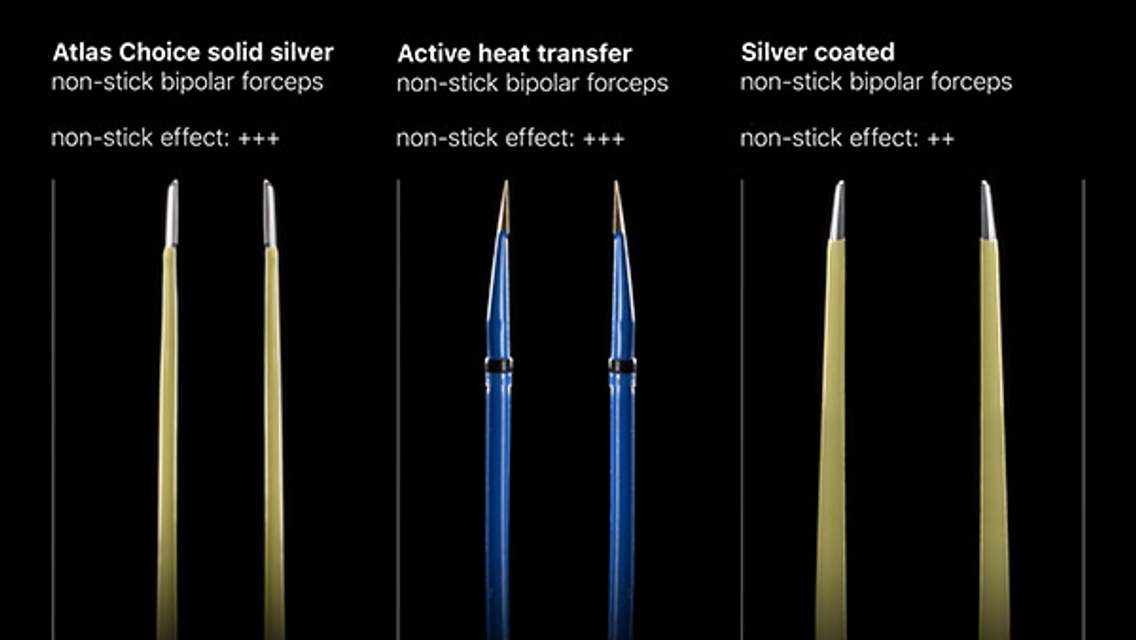Neuroradiology Free
| Diffuse Injury Grade | CT Appearance | Mortality |
| I | Normal intracranial appearance | 9.6% |
| II | Basal cisterns present. Midline shift <5mm. No lesions. | 13.5% |
| III | Basal cisterns compressed or absent. Midline shift <5mm. No lesions >25cc. | 34% |
| IV | Midline shift >5mm. No lesions >25cc. | 56.2% |
| Basic Densities | Hounsfield Units | |
| Air at STP | -1000 | Hounsfield basic density |
| Water | 0 | Hounsfield basic density |
| Fat | -60 to -120 | Hounsfield basic density |
| Compact Bone | +1000 | Hounsfield basic density |
| Cranial Structures | ||
| Brain (Grey Matter) | +30 to +40 | |
| Brain (White Matter) | +20 to +35 | |
| Cerebral edema | +10 to +14 | |
| CSF | +5 | |
| Cranial Bone | +600 | |
| Blood clot | +75 to +80 |
Acute SDH, EDH, SAH; Hct<23% → isodense to brain |
| Enhanced vessels | +90 to +100 |
| Abbreviation | Description |
| T1WI | Spin-lattice relaxation time – expresses realignment time of tissue’s proton spin |
| T2WI | Spin-spin relaxation time – time constant for transverse magnetization decay (true T2) |
| T2* | Observed time constant of transverse magnetization decay (observed T2) |
| TR | Repetition time |
| TE | Echo time |
| TI | Inversion time |
| FLAIR | Fluid-attenuated inversion recovery |
| FSE | Fast spin echo |
| STIR | Short TI inversion recovery |
| Time | T1 Weighted Image | T2 Weighted Image |
| Acute | Gray | Black |
| Subacute | White | White |
| Chronic | Black | Black |
Please login to post a comment.











